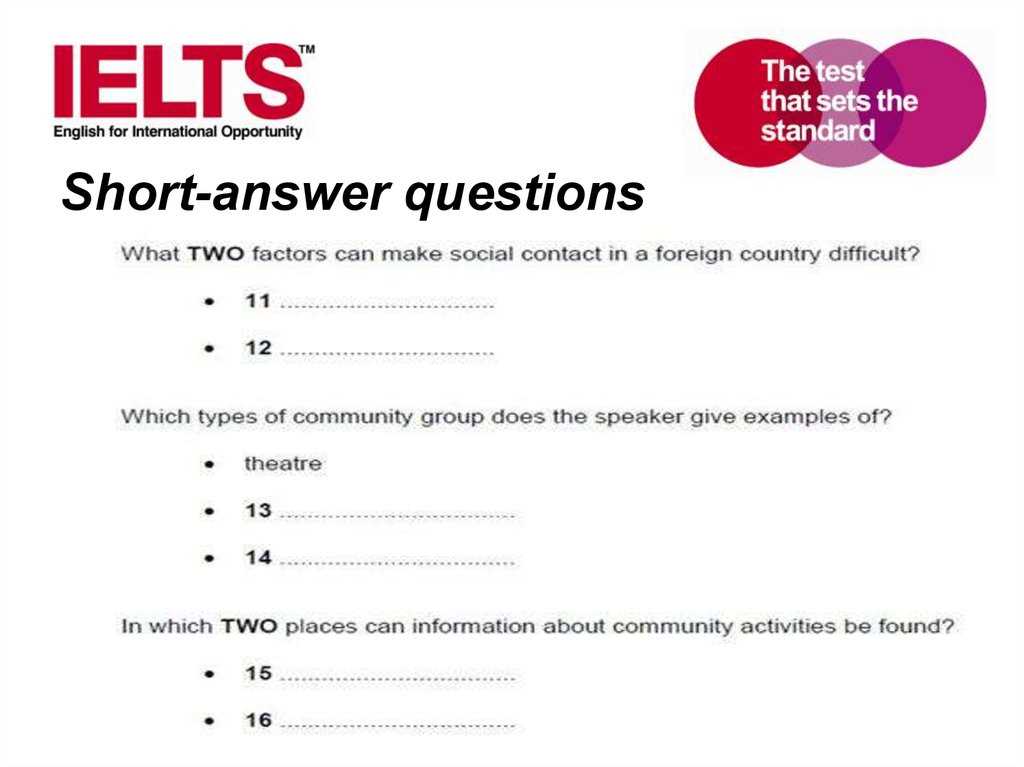
Success in academic assessments relies not only on knowledge but also on how effectively you demonstrate your understanding. The ability to perform well under pressure and provide clear, organized responses is crucial for achieving top results.
Strategic preparation plays a vital role in ensuring that you’re able to navigate through various sections with ease. Whether it’s multiple-choice formats or open-ended tasks, having the right approach can make all the difference in showcasing your expertise.
Additionally, timing and accuracy are key elements to consider while tackling any academic evaluation. In this guide, you’ll explore various techniques to refine your skills and improve your overall performance.
Understanding the Test Question Format
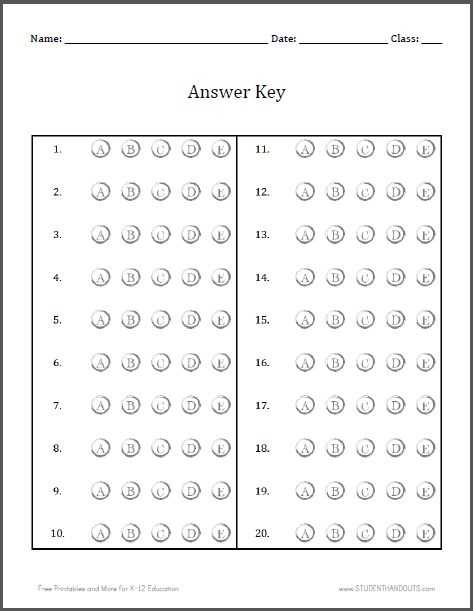
In every academic evaluation, it’s essential to understand how tasks are structured. Recognizing the layout and style of each item allows you to approach them confidently and with purpose. Whether it’s selecting the right option, filling in blanks, or writing detailed responses, each format requires its own strategy to succeed.
Familiarity with various structures can help you quickly identify what is expected and avoid confusion. Let’s explore some common types of formats found in most evaluations:
| Format | Description |
|---|---|
| Multiple Choice | Choosing the correct option from a set of given answers, typically involving elimination techniques. |
| Short Answer | Providing brief, concise responses to specific prompts, focusing on accuracy and relevance. |
| Essay | Offering a detailed, well-organized response to a broader question, often requiring explanation and analysis. |
| Matching | Pairing items from two sets based on relationships or connections between them. |
Understanding these different structures can give you a significant advantage, allowing you to tailor your approach for each specific task. The next step is mastering the strategies that work best for each format.
Tips for Time Management During Tests
Effectively managing your time during an academic assessment is essential for completing all tasks within the allotted period. It requires a balanced approach of speed and precision, ensuring you allocate enough time to each section without rushing or overlooking any part.
Planning ahead can significantly improve your efficiency. Before you start, take a moment to quickly review the entire evaluation to gauge the time required for each section. This will allow you to prioritize tasks and avoid spending too much time on any single one.
One useful technique is to set mini-deadlines for each part of the evaluation. For example, allocate a specific amount of time for multiple-choice items and a slightly longer period for written tasks. This approach will help you stay on track and prevent you from feeling overwhelmed as the clock ticks down.
It’s also beneficial to keep an eye on the time throughout the process. Consider setting a visible timer to keep track of how much time you have left, and adjust your pace as needed to ensure you’re able to finish all sections.
How to Analyze Multiple Choice Questions
When faced with a selection task, it’s crucial to approach it with a strategy. Instead of quickly guessing or picking the first option that seems right, taking the time to evaluate each choice carefully can significantly improve your chances of selecting the correct response.
Understand the Prompt
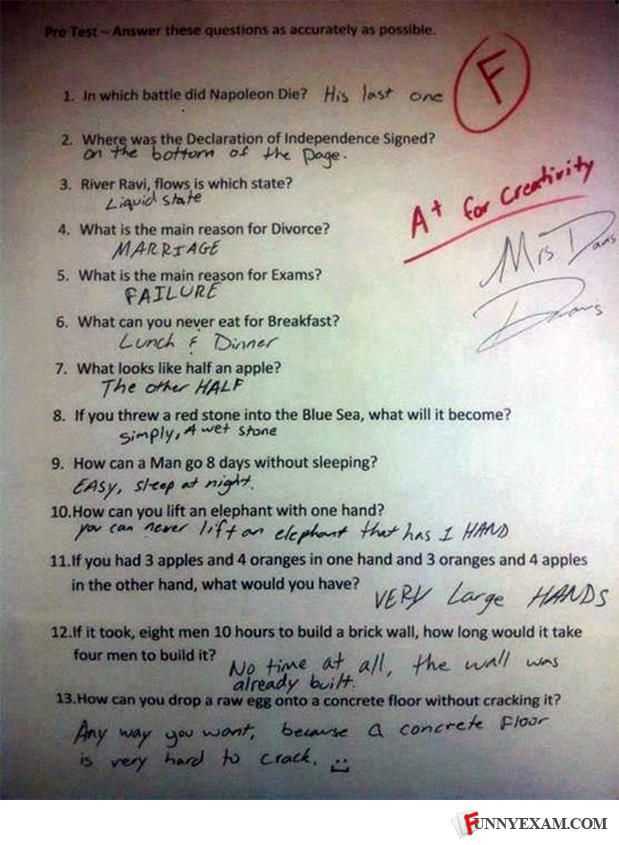
Start by reading the prompt thoroughly. Pay attention to keywords that define what is being asked. Sometimes, subtle details within the question can help guide you toward the correct option. Be mindful of words such as “always,” “never,” or “most likely,” as they can offer important clues.
Evaluate Each Option
Once you’ve identified the core idea of the prompt, move on to assessing each potential choice. Eliminate options that are clearly incorrect first. This leaves you with fewer possibilities, improving your odds of choosing the right one. If you’re left with two plausible options, read the prompt again to ensure you’re not missing any key details.
Look for patterns in the remaining choices. In many cases, there is a logical relationship between the correct answer and the wording of the options. Trust your instincts, but always ensure that the selected response is fully supported by the question’s context.
Common Mistakes to Avoid in Tests
During any form of assessment, it’s easy to make mistakes that can cost you valuable points. Recognizing these common errors and taking steps to avoid them can greatly enhance your performance. Often, these mistakes stem from poor time management, lack of attention to detail, or simple misunderstandings of the task at hand.
One of the most frequent errors is rushing through the evaluation without carefully reviewing each part. While time pressure can be a factor, skimming through prompts or skipping important details can lead to inaccurate responses or missed opportunities. Always take the time to understand what’s being asked before proceeding.
Another common mistake is misinterpreting the instructions. It’s important to fully comprehend what is required in each section, whether it’s a short response or a more detailed explanation. Failing to address the specific requirements can result in incomplete or irrelevant responses.
Finally, neglecting to review your work before submission is another critical error. While it may seem time-consuming, revisiting your answers can help identify simple mistakes or missed items that could have been corrected. Taking a few extra minutes to check your responses can make a significant difference in your overall score.
Techniques for Writing Clear Answers
Providing clear and well-structured responses is key to effectively conveying your knowledge. Whether you are asked for a brief reply or a more detailed explanation, clarity is essential to ensure your points are understood and evaluated correctly.
Here are some techniques to enhance the quality of your responses:
- Be concise and to the point – Avoid unnecessary details or overly complex sentences. Stick to the key ideas that directly address the prompt.
- Organize your thoughts – Structure your response logically. If necessary, break it into paragraphs, each covering a single idea or concept.
- Use clear examples – Whenever possible, support your points with relevant examples. This helps demonstrate your understanding and makes your response more compelling.
- Stay focused on the task – Ensure that each part of your response directly relates to the given prompt. Avoid drifting off-topic or introducing irrelevant information.
- Review for clarity – Before finalizing your response, quickly check it for clarity and coherence. Ensure that the message is easy to follow and that there are no ambiguities.
By applying these strategies, you can create responses that are both precise and well-structured, increasing your chances of achieving high marks.
How to Review Your Test Before Submission
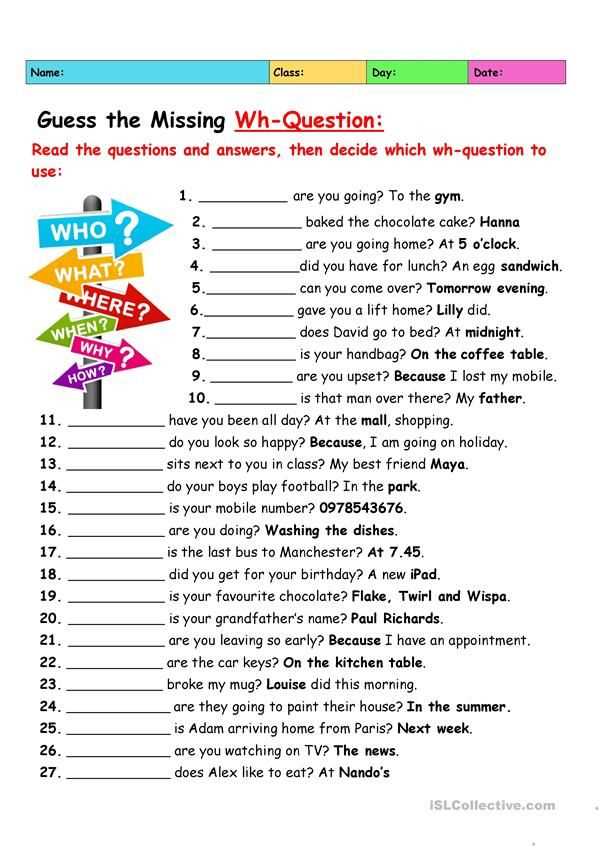
Reviewing your work before submitting it is a critical step in ensuring that you have addressed all aspects of the assignment accurately. Taking time to go over your responses allows you to catch any mistakes, clarify unclear points, and make any necessary revisions to improve the quality of your work.
Double-Check for Completeness
Ensure that you haven’t missed any parts of the evaluation. Sometimes, sections may be overlooked under time pressure. Verify that every prompt has been fully addressed and that all instructions have been followed precisely.
Look for Simple Errors
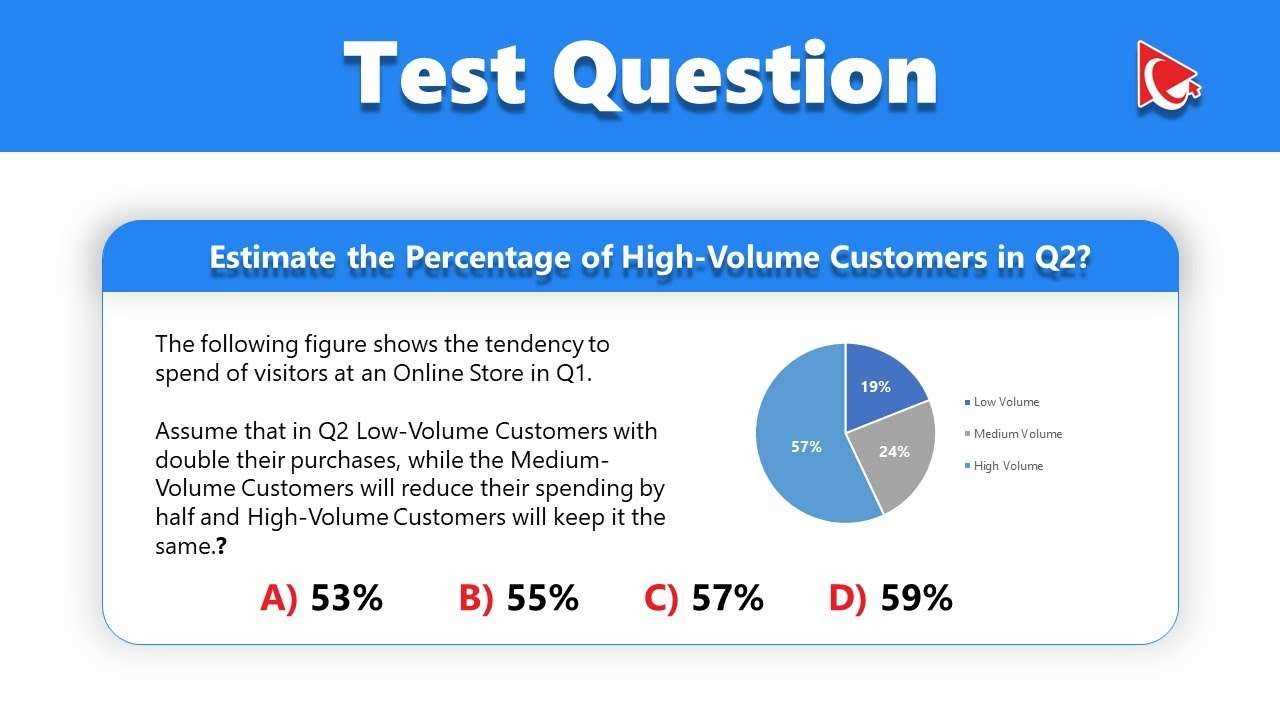
Take a moment to carefully check your work for typographical or grammatical mistakes. While these errors may seem minor, they can negatively impact the clarity and quality of your responses. Pay attention to spelling, punctuation, and sentence structure, ensuring your ideas are communicated effectively.
Lastly, review your choices and explanations to ensure they align with the requirements of each section. This final review can be the difference between a good and excellent submission.